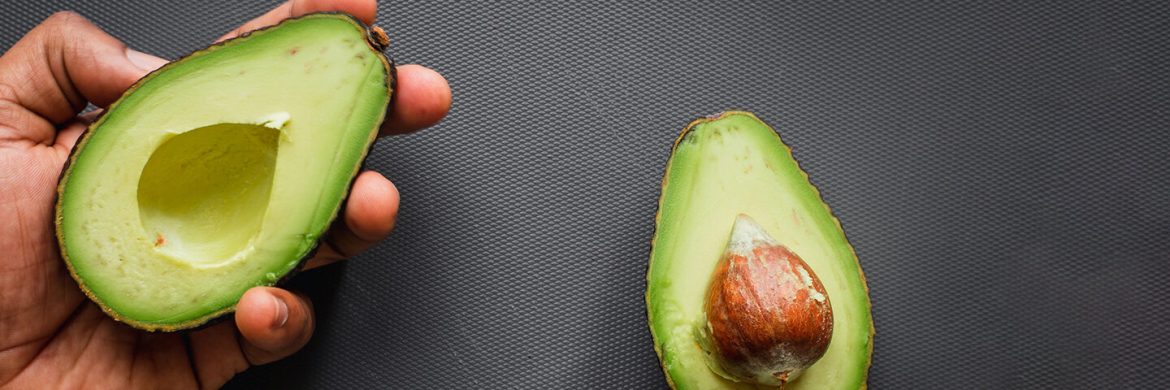For many years, luxury, fine craftsmanship, and classic elegance have been synonymous with this prestigious brand. The brand has produced magnificent watches for decades that perfectly convey style and sophistication. Whether your event is formal, honoring a personal milestone, or you just want an everyday friend, cartier watch women collections offer a selection of designs to fit every occasion.
Timeless Elegance with the Classic Designs
Simple but sophisticated designs that radiate elegance abound in Cartier’s classic series. Whether it’s a gala, wedding, or business conference, these understatedly appealing watches fit formal gatherings perfectly. Designed with great accuracy, they feature opulent materials, including gold, platinum, and stainless steel, thereby guaranteeing longevity without sacrificing flair. These watches are adaptable enough to go with any formal wear because they often have simple indicators, elegant straps, and clean dials.
Sporty Chic for Active Lifestyles
Cartier’s sporty lines provide the ideal mix of fashion and utility for active people. These timepieces are made to be highly sophisticated while yet resisting the stresses of daily wear. These watches offer the ideal mix of performance and flair, whether your trip is a weekend break, a laid-back outing, or an athletic event. Constructed of strong materials like titanium and stainless steel, they are both lightweight and sturdy, providing comfort and robustness without compromising appearance.

Vintage-Inspired Designs for a Touch of Nostalgia
The rich history of watchmaking of Cartier is honored in its vintage-inspired designs. Roman numerals, guilloché dials, and leather straps—all reminiscent of past designs from the brand’s archives—these clocks sometimes have minute details. Perfect for collectors or anyone yearning for a little nostalgia, these watches convey charm and timelessness. Whether worn as a daily statement piece or for a special occasion, these vintage-inspired patterns give any outfit some elegance and charm.
Innovative Modernity for Bold Statements
For those who want something more modern, Cartier’s current designs are striking and bold. These timepieces, with their unusual forms, unusual materials, and modern technologies, sometimes challenge the limits of watchmaking. Perfect for informal events, art shows, or elegant breakfasts, these watches are ideal for those who desire a statement item reflecting their bold, modern style. Their unique appearances and minute features will draw attention and start a conversation.
More than just timepieces, cartier watch women collections offer evidence of elegance, workmanship, and personal flair. Whether your style is classic, athletic, vintage-inspired, or modern, it’s designs provide a timepiece for every occasion. Every item is made with the highest quality and attention to detail, therefore making sure it stays a beloved accessory for many years to come. This watch simply enhances any attire, regardless of the occasion or environment, therefore serving as a timeless emblem of elegance and sophistication.













